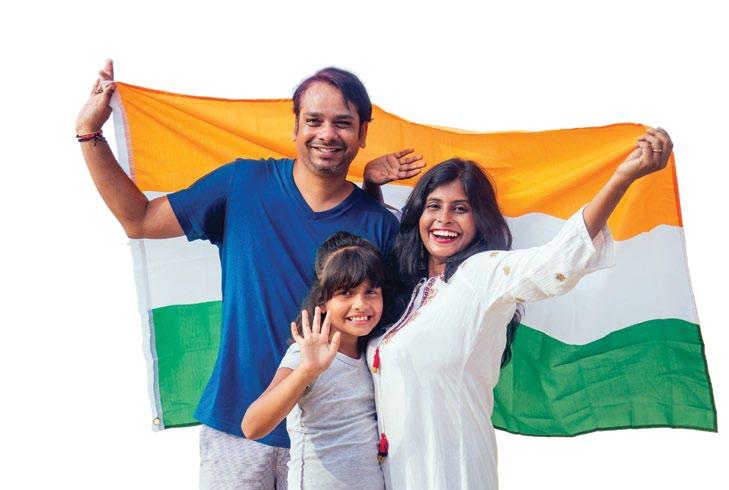
1 minute read
Singapore a key site of india’s
from 2022-08 Sydney
by Indian Link
SENtOSA ISLAND
As the day of liberation from British rule, August 15 is redletter in the calendar of modern India. This year the day is extraspecial to honour and celebrate 75 years of this hard-earned freedom.
The long-drawn struggle for this independence took place not just within India where battles were fought, blood spilled and lives lost, it also gained momentum in Indian communities then living outside the boundaries of British India

Such as in Singapore, where I visited recently to dig out traces of India’s independence movement led primarily by Netaji Subhas Chandra Bose.
Sentosa Island is presently one of Singapore’s major tourist hubs offering several avenues to relax and have fun. However, in the late 19th century, the island was a British military base comprising four coastal citadels, out of which only Fort Siloso still exists as a key icon of the venue for visitors like me who are interested to know Singapore’s wartime episodes, particularly during WWII. Amongst several displays, the most invigorating to me there was the Surrender Chambers, which showcased - through various mediums including wax-made models - the Japanese invasion and occupation of Singapore in 1942 all the way through to their surrender in 1945 at the end of the war. This was important for my mission because it was the Japanese occupation of British Singapore that triggered Bose to arrive in Singapore to mobilise the Indian-origin POWs captured by the Japanese to lead the newly established Indian National Army (INA) or the ‘Azad Hind Fauj’ to fight against the British in India.
Soon after his arrival on 2 July 1943, Bose used his powerful oratory not only to stir the Indian POWs to strengthen their loyalty to the INA, but also enthused the local Indian community to volunteer and contribute funds in support of the INA.

“I heard many stories about Bose from my father,” Sangram Singh, a third generation Singaporean of Indian descent, told me. He runs a shop in Little India, one of the city’s most culturally vibrant conclaves,which has been home to the settlers from the subcontinent for more than a century.
“My father was present at the historic gathering at Padang field where Bose talked to the large mass of the local Indian community,” Singhrecounted.
Not far from Little India, Padang still exists









